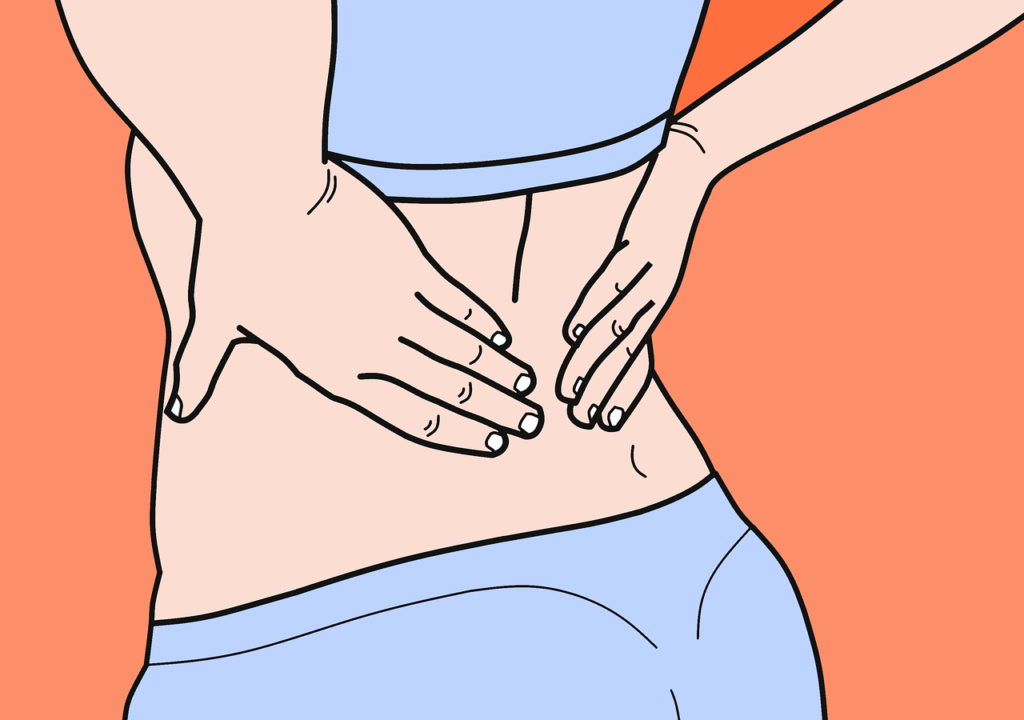Slipped Disc Treatment: Navigating the Path to Recovery – The spine, a complex structure supporting our body and facilitating movement, can sometimes face challenges, and one such common issue is a slipped disc. Also known as a herniated or ruptured disc, this condition can cause discomfort and hinder daily activities. In this article, we’ll explore the various aspects of slipped disc treatment, from understanding the condition to advanced therapies, alternative approaches, and real-life experiences.

Introduction
A slipped disc occurs when the soft inner core of a spinal disc protrudes through the tougher outer layer. Early treatment is crucial to alleviate pain and prevent long-term complications. Let’s delve into the intricacies of this condition.
Understanding Slipped Disc
To comprehend slipped disc treatment, we must first understand the anatomy of the spine. The spine consists of vertebrae and discs, acting as shock absorbers. Causes of a slipped disc range from age-related wear and tear to sudden injuries, putting pressure on the nerves.
Common Symptoms
Identifying a slipped disc involves recognizing symptoms such as persistent pain, numbness, limited mobility, and tingling sensations. These indicators prompt individuals to seek medical attention.
Diagnosis Process
Medical professionals employ a comprehensive approach to diagnose a slipped disc, including reviewing medical history, conducting physical examinations, and utilizing imaging tests like X-rays and MRI scans.
Traditional Treatment Options
Rest, physical therapy, and pain medications are standard initial treatments. Braces may also be recommended to provide support and minimize movement.
Advanced Treatments
For more severe cases, advanced treatments such as epidural steroid injections, decompression therapy, and surgery may be considered. These interventions aim to relieve pressure on the affected nerves.
The Role of Physical Therapy
Physical therapy plays a vital role in slipped disc treatment. Tailored exercises, rehabilitation strategies, and lifestyle modifications are essential components of a comprehensive recovery plan.
Holistic Approaches
In addition to conventional methods, holistic approaches like yoga, stretching, dietary changes, and stress management contribute to overall well-being during the recovery process.
Prevention Tips
Preventing a slipped disc involves adopting proper lifting techniques, engaging in regular exercise, and maintaining a healthy weight. These lifestyle choices contribute to spinal health.
When to Seek Medical Help
Understanding when to seek medical help is crucial. Persistent or worsening symptoms, especially in emergency situations, require immediate attention from healthcare professionals.
Case Studies
Exploring success stories of slipped disc recovery and learning from others’ experiences provides valuable insights into the journey to wellness.
Alternative Therapies
Alternative therapies like acupuncture, chiropractic care, and massage therapy offer additional options for individuals seeking non-traditional approaches to treatment.
Real-life Experiences
Patient testimonials shed light on the challenges of living with a slipped disc and the strategies employed to cope and recover. These personal stories provide inspiration and guidance.
Navigating Treatment Options
Collaborating with healthcare professionals to create personalized treatment plans ensures individuals receive the most effective care tailored to their unique circumstances.
Conclusion
In conclusion, slipped disc treatment encompasses a range of options, from traditional to holistic approaches. Seeking professional advice and understanding individual needs are paramount for successful recovery.
Frequently Asked Questions (FAQs)
- How long does it take to recover from a slipped disc?
- Recovery times vary but typically range from a few weeks to several months, depending on the severity of the condition.
- Are there any exercises I can do at home to alleviate pain?
- Yes, certain exercises recommended by a physical therapist can help alleviate pain and improve mobility.
- Can a slipped disc heal on its own without medical intervention?
- In some cases, mild disc herniations may improve with conservative treatment, but severe cases often require medical intervention.
- Is surgery the only option for treating a slipped disc?
- No, surgery is considered when conservative treatments fail. Many individuals find relief through non-surgical interventions.
- Are there any long-term consequences of a slipped disc if left untreated?
- Untreated slipped discs can lead to chronic pain, nerve damage, and decreased quality of life. Seeking timely treatment is crucial.



